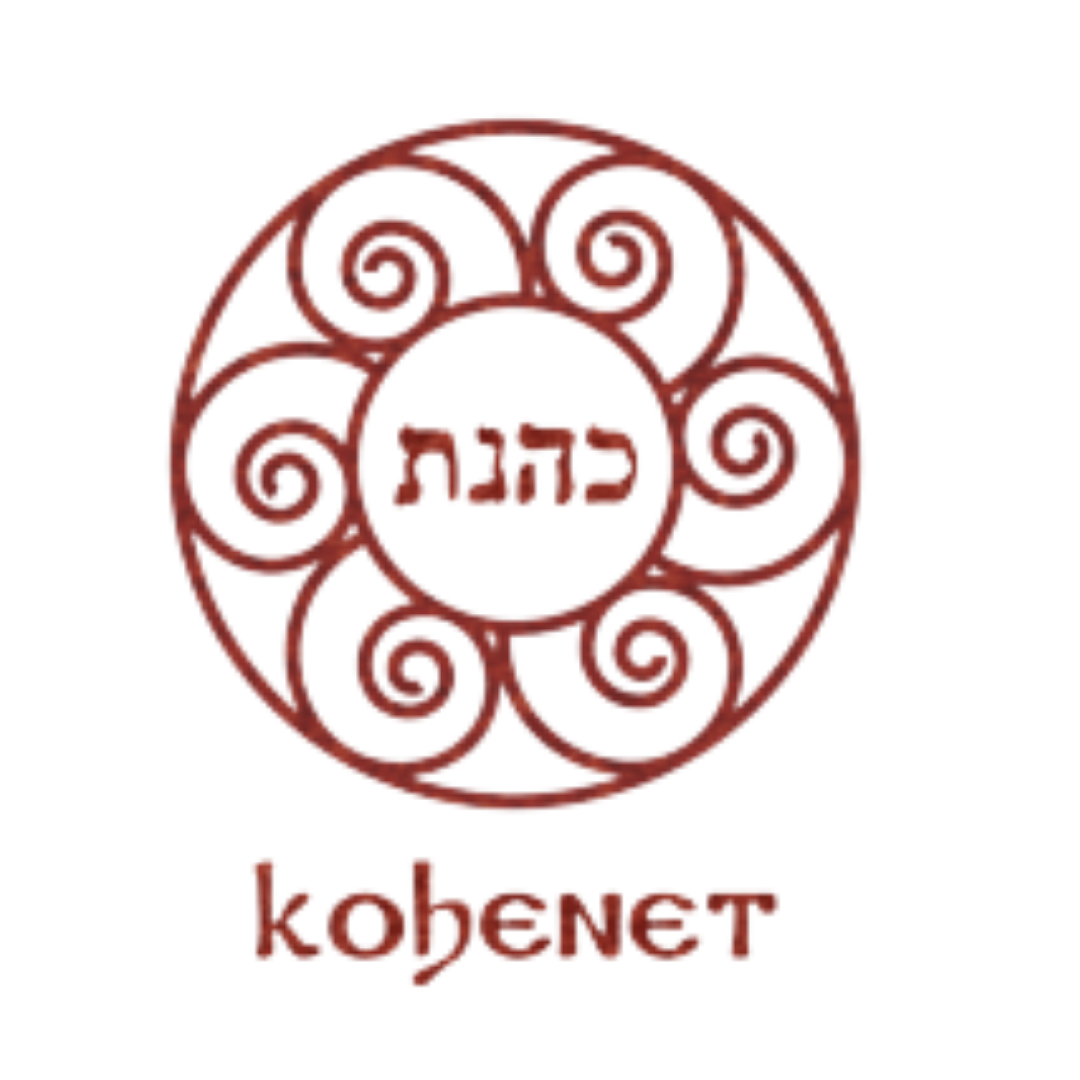Why We Reclaim This Ancient Title
The first known poet, Enheduanna, served as a priestess of Inanna in Sumer, and there were priestesses in many cultures throughout the known world. Yet the title of priestess does not appear to exist in the Hebrew Bible, and indeed, the patriarchal authorities who compiled the Bible eliminated most references to women's spiritual leadership. However, some aspects of women's spiritual power shine through. From these hints, we can deduce how women participated in the sacred cult of the Israelite nation: as mothers, prophetesses, and even ritual officiants. We know, for example, that women baked cakes for the Queen of Heaven as part of a sacred rite honoring the Divine feminine.
Our later Jewish foremothers did not entirely abandon the priestess role even after it was written out out of the tradition. The title "priestess" appears several times on Jewish gravestones during the Roman period. Other titles such as "eldress" "mother of the synagogue," and "head of the synagogue" on similar gravestones lead one to believe that women served in leadership functions in pre-Talmudic and Talmudic times. However, following this period the title fell entirely out of practice. In the seventeenth and eighteenth centuries, women served as dreamers and diviners in communities of Jewish mystics in Sfat and elsewhere. In their names, we seek to re-establish this sacred tradition.

